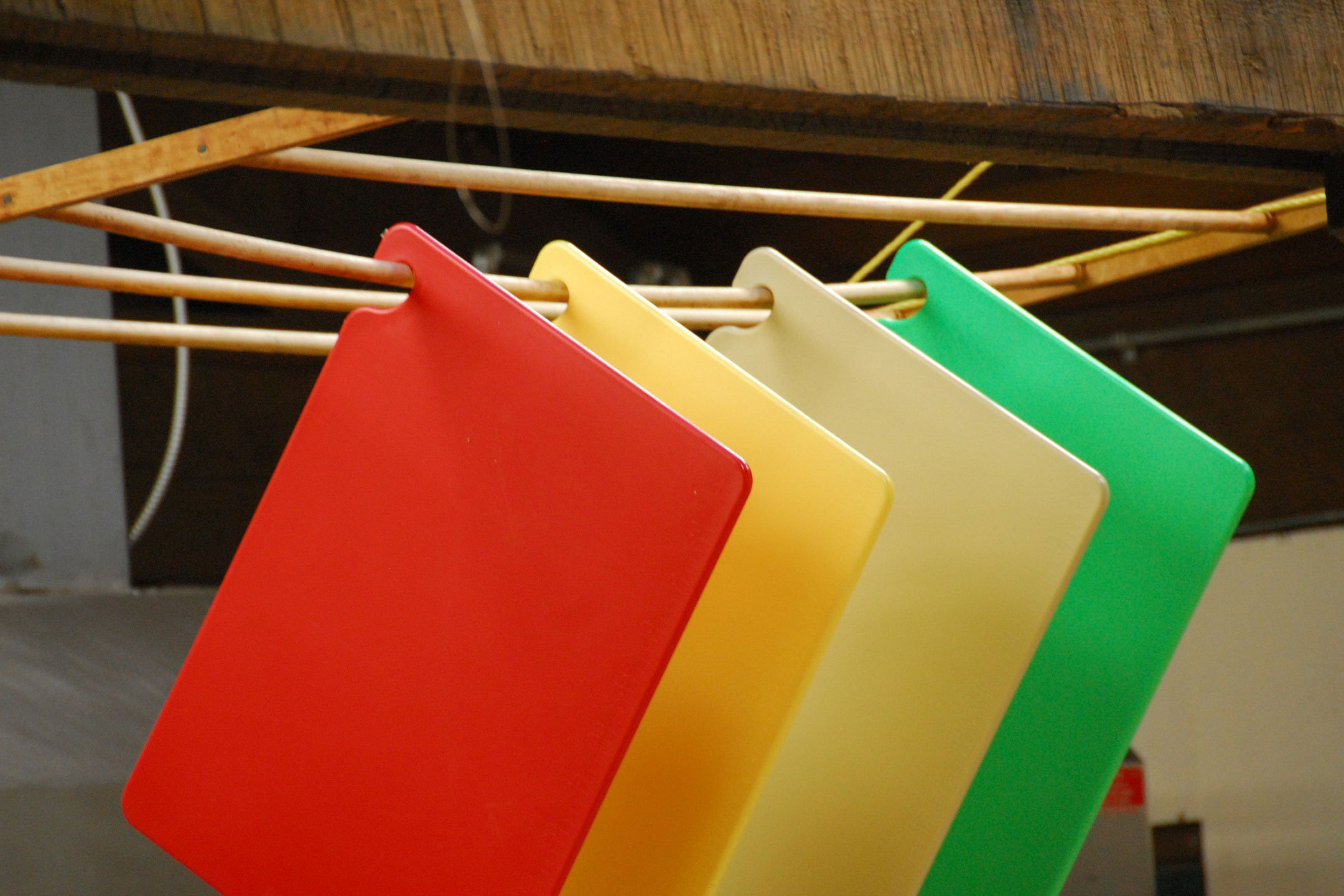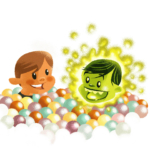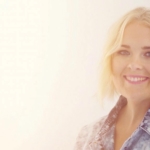
15 Oct Germ Crimes: True or False
As family life increasingly unfolds around the hub of the home – the kitchen – just how much of a germ warrior do you really need to be? Ed Halmagyi, chef, parent and author of An hour’s the limit, Good Food in less than 60 Minutes dishes the dirt.
True or false: you can throw your tea towels in with a general clothing wash.
Ed: False. Put your tea towels and hand towels in a
separate hot wash for best results. Grime is a crime,
and only a good hot wash will clean it right.
True or false: coloured-coded cutting boards are a cooking must.
Ed: True – or if not colour-coded, then just multiple chopping boards. This is one of the most common mistakes made when cooking in the kitchen. Meat (particularly raw meat) must be cut with one knife and one chopping board, and vegetables cut with a different knife and board. These must all be washed thoroughly in a dishwasher to ensure 99.9 per cent of germs and bacteria are removed. In my experience, failing to follow this rule is one of the most common ways folks at home end up inadvertently spreading food problems – it’s not intentional, but the results are pretty severe.
 True or false: defrosting snags in the sun kills bacteria.
True or false: defrosting snags in the sun kills bacteria.
Ed: False – and they don’t get a tan, either. The best ways to defrost food are in the fridge (then use within three days) or in the microwave on low or defrost mode (then cook immediately). Never leave food out on your kitchen bench for more than an hour, whether it’s cooked, thawing or hot – it’s a common way to incubate nasties.
True or false: you should wash your hands before every meal (mums says!).
Ed: True. In fact, you should wash your hands before preparing, eating or clearing up after the meal, and even before unloading your dishwasher. As a chef, I wash my hands hundreds of times a day. A good tip is to use a piece of paper towel to wipe your hands while preparing dinner, rather than spoiling tea towels and risking contamination. Also make sure you have a good-quality antibacterial soap – water is okay for rinsing, but it won’t get rid of bugs.
True or false: sink wash-ups with hot water are as good as a dishwasher.
Ed: False – not even close. A dishwasher uses temperatures of up to 68°C. Washing dishes in the sink uses water no hotter than 37°C or 38°C. With e-coli bacteria thriving at 44°C, this means the dishwasher is safer and more hygienic, and it also saves time and water.
For more information:
Solve more of your kitchen crimes at Starting Blocks
or at The International Scientific Forum




